A Comprehensive Guide to Learning How to Add Three or More Fractions with Unlike Denominators
While adding two fractions might be familiar territory for many, adding three or more fractions with different denominators can seem like a daunting task.

However, with a systematic approach and a bit of patience, it’s entirely manageable. In this post, we’ll guide you through the steps to seamlessly add three or more fractions, even if they have unlike denominators.
Step-by-step Guide:
1. Recap on Fractions:
Every fraction has a numerator (the top number) and a denominator (the bottom number). The denominator tells us into how many equal parts a whole is divided, while the numerator indicates how many of those parts we’re considering.
2. Identifying Unlike Denominators:
If the fractions you’re adding don’t have the same denominator, they have unlike denominators. For instance, in the fractions \(\frac{1}{2}\), \(\frac{3}{4}\), and \(\frac{5}{6}\), the denominators 2, 4, and 6 are all different.
3. Finding the Least Common Denominator (LCD):
The LCD is the smallest number into which all the denominators can divide. For our example, the LCD for 2, 4, and 6 is 12.
4. Adjusting Each Fraction to the LCD:
Multiply the numerator and denominator of each fraction by the necessary factor to achieve the LCD. For our example:
– \(\frac{1}{2}\) becomes \(\frac{6}{12}\) (multiplied by 6).
– \(\frac{3}{4}\) becomes \(\frac{9}{12}\) (multiplied by 3).
– \(\frac{5}{6}\) becomes \(\frac{10}{12}\) (multiplied by 2).
5. Adding All the Fractions:
With the same denominator in place, simply add up all the numerators. Using our example, \(6 + 9 + 10 = 25\). So, \(\frac{1}{2} + \frac{3}{4}+\frac{5}{6}=\frac{25}{12}\), which can be expressed as \(2 \frac{1}{12}\).
Examples:
Example 1:
Add \(\frac{1}{3}\), \(\frac{2}{6}\), and \(\frac{3}{9}\).
Solution:
The LCD is 9. Adjusting the fractions:
– \(\frac{1}{3}\) becomes \(\frac{3}{9}\).
– \(\frac{2}{6}\) becomes \(\frac{3}{9}\).
– \(\frac{3}{9}\) remains the same.
So, \(\frac{1}{3} + \frac{2}{6} + \frac{3}{9} = \frac{9}{9}\), which is equal to 1.
The Absolute Best Book for 5th Grade Students
Example 2:
Add \(\frac{1}{4}\), \(\frac{2}{5}\), and \(\frac{3}{10}\).
Solution:
The LCD is 20. Adjusting the fractions:
– \(\frac{1}{4}\) becomes \(\frac{5}{20}\).
– \(\frac{2}{5}\) becomes \(\frac{8}{20}\).
– \(\frac{3}{10}\) becomes \(\frac{6}{20}\).
So, \(\frac{1}{4} + \frac{2}{5} + \frac{3}{10} = \frac{19}{20}\).
Practice Questions:
1. Add \(\frac{1}{7}\), \(\frac{2}{14}\), and \(\frac{3}{21}\).
2. Add \(\frac{2}{8}\), \(\frac{3}{12}\), and \(\frac{4}{24}\).
3. Add \(\frac{1}{5}\), \(\frac{2}{10}\), and \(\frac{3}{15}\).
A Perfect Book for Grade 5 Math Word Problems!

Answers:
1. \(\frac{6}{7}\)
2. \(\frac{7}{8}\)
3. 1
The Best Math Books for Elementary Students
Related to This Article
More math articles
- How to Finding Mean, Median, Mode, and Range: Interpreting Charts
- The Ultimate 7th Grade IAR Math Course (+FREE Worksheets)
- How to Solve Double Angle Identities?
- Top Calculators for the PSAT 8/9 Math Test
- 4th Grade NYSE Math FREE Sample Practice Questions
- Top 10 3rd Grade MAP Math Practice Questions
- The Most Effective Methods for Learning Math Facts and Improving Number Sense
- CLEP College Algebra Worksheets: FREE & Printable
- 4th Grade Scantron Math Worksheets: FREE & Printable
- How to Find Fractions of Time Units
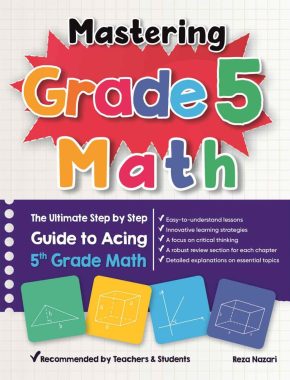

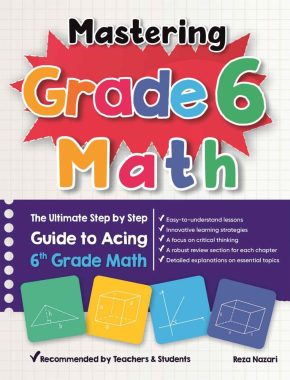
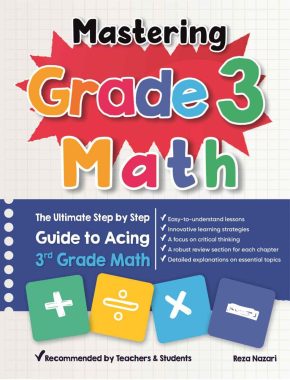
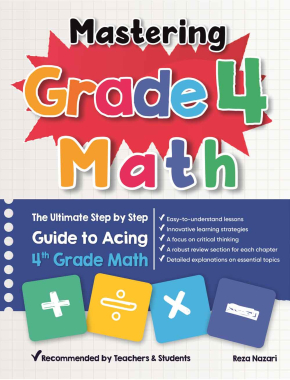


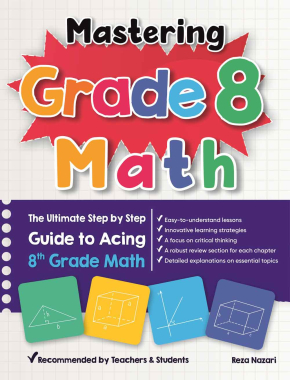
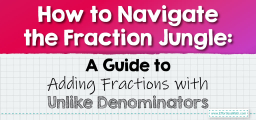
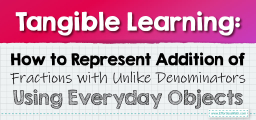
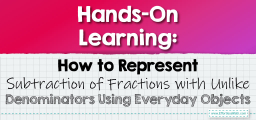
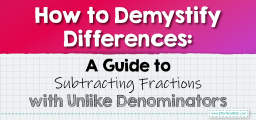
What people say about "A Comprehensive Guide to Learning How to Add Three or More Fractions with Unlike Denominators - Effortless Math: We Help Students Learn to LOVE Mathematics"?
No one replied yet.